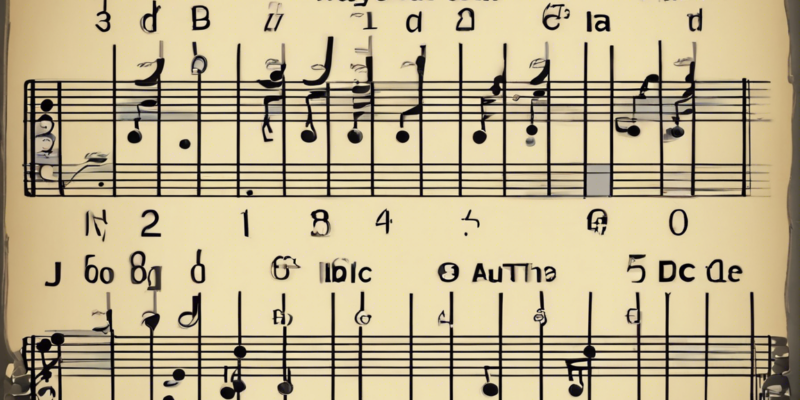The A#M (A# Minor) chord is a powerful and emotive chord that can add a touch of darkness and complexity to your playing. This chord is not as commonly used as major chords, but mastering it can greatly enhance your musical repertoire. In this comprehensive guide, we will explore everything you need to know about the A#M guitar chord, including how to play it, common chord progressions involving A#M, tips for mastering it, and more.
What is the A#M chord?
The A#M chord, also known as A# Minor, is made up of three notes: A#, C#, and F#. It is constructed by lowering the third note of an A# major chord by one semitone, resulting in a minor third interval between the first and third notes of the chord. The chord has a dark and melancholic sound that can evoke a range of emotions in your music.
How to Play the A#M Chord
To play the A#M chord on the guitar, follow these steps:
– Place your index finger on the 1st fret of the low E string to fret the A# note.
– Place your ring finger on the 3rd fret of the A string to fret the C# note.
– Place your pinky finger on the 3rd fret of the D string to fret the F# note.
– Strum from the low E string down to the high E string, making sure each note rings out clearly.
Common Chord Progressions with A#M
The A#M chord can be used in various chord progressions to add depth and emotion to your music. Here are some common chord progressions involving the A#M chord:
1. A#M – D# – Fm – C# (I – IV – vi – III)
2. A#M – G# – F# – C# (i – VI – v – III)
3. A#M – D# – G# – C# (i – IV – VII – III)
Experiment with these progressions and create your own musical ideas using the A#M chord as a foundation.
Tips for Mastering the A#M Chord
- Practice regularly: Like any chord, mastering the A#M chord requires consistent practice. Set aside dedicated time each day to work on your chord transitions and strumming.
- Use a capo: If the A#M chord is challenging for you, try using a capo on a higher fret. This will reduce the stretch required to fret the chord and make it easier to play.
- Play along with songs: Find songs that use the A#M chord and play along with them. This will help you get comfortable with the chord in a musical context.
- Experiment with voicings: Explore different ways to play the A#M chord on the neck of the guitar. Try different fingerings and inversions to discover new sounds and variations.
- Patience is key: Don’t get discouraged if you struggle with the A#M chord at first. Keep practicing and be patient with yourself as you work towards mastery.
Frequently Asked Questions (FAQs)
-
Is the A#M chord the same as Bb minor?
Yes, A#M and Bb minor are enharmonically equivalent chords, meaning they sound the same but are spelled differently. -
Can I play the A#M chord in different positions on the fretboard?
Yes, you can play the A#M chord in various positions and voicings on the fretboard to achieve different sounds and textures. -
What songs use the A#M chord?
Songs like “Hurt” by Johnny Cash and “Mad World” by Tears for Fears feature the A#M chord in their chord progressions. -
How do I transition smoothly to and from the A#M chord?
Work on transitioning between the A#M chord and other nearby chords, such as D# and Fm, to improve your chord changes and overall fluency. -
Can I substitute the A#M chord for other minor chords in a progression?
Yes, you can experiment with substituting the A#M chord for other minor chords to create unique and interesting harmonic textures.
In conclusion, mastering the A#M chord can open up a world of musical possibilities and elevate your playing to new heights. Practice diligently, experiment with different chord progressions, and have fun incorporating the A#M chord into your music. Don’t be afraid to explore its dark and emotive qualities to add depth and richness to your musical creations.


Comments